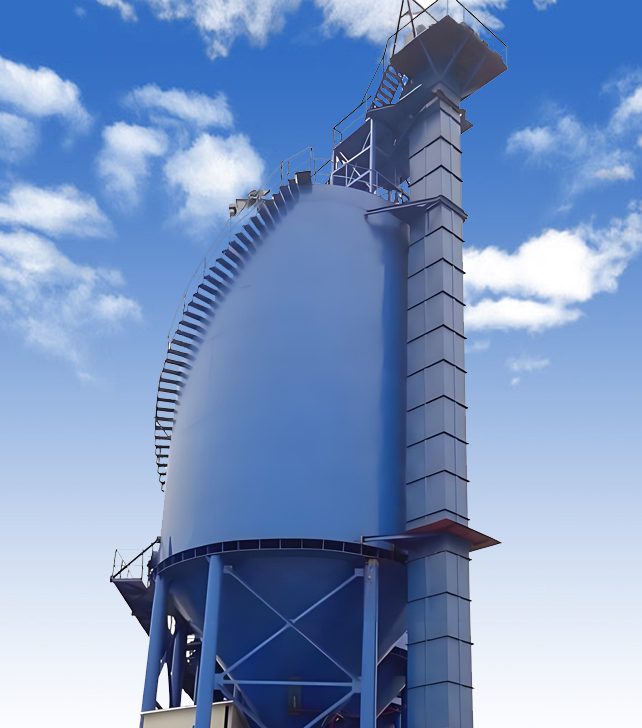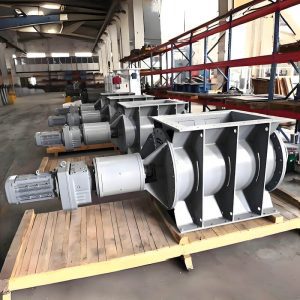2022年 セメントプラント を改装するプロジェクトを開始した。 バケットエレベーター 排出シュート南通達諾建材機械有限公司に、生産から設備の設置、運用まで全工程を任せた。 ダーコ すぐに技術者を現場に派遣し、その場で評価を行った。彼らは排出シュートにいくつかの重要な問題があることを突き止めた。
主な課題
1.不十分な耐摩耗性: 排出シュートは耐摩耗性のマンガン鋼板を使用していたが、耐久性が低かった。そのため、複数の磨耗スルー・ポイントが発生し、材料が漏れていた。摩耗したマンガン鋼板が不均一になり、材料が固着した。
2.不合理な構造設計: 排出シュートの中央部の角度が急すぎて、材料を効果的にクッションすることができなかった。その結果、シュートの下部が激しく摩耗した。
3.傾斜したシュートの不均等な設計: 傾斜部分のデザインは不揃いだった。片側に材料が集中し、もう片側はほとんど摩耗していなかった。この不均等な力の分布は、材料と接触している側に激しい摩耗を引き起こし、材料の蓄積につながった。
ソリューション
こうした問題に対処するため、ダーコの技術者たちは現実的な解決策を提案した:
1.全体的な構造を最適化する: 彼らは排出シュートの中間の角度を調整し、原料の衝撃力を減らした。この変更により、原料は効果的に減速され、クッションとなる。
2.スロープシュートの再設計: 下部の傾斜部分を不規則な菱形から平行四辺形に変更したのだ。このデザインは、衝撃力を底面と側面により均等に分散させ、機器の寿命を延ばす。
3.摩耗材を交換する: 彼らは、マンガン鋼板の代わりに耐摩耗性のセラミック・ライナーを採用した。セラミック・ライナーは耐摩耗性と耐食性に優れ、表面が滑らかなため材料の堆積が少ない。

シミュレーションテストと期待される結果
Darko社の技術者は、この新しいソリューションを使ってシミュレーション・テストを実施した。バケットエレベーターの排出シュートの寿命が3~5倍延び、作業効率が3%~12%向上し、材料が詰まる可能性が20%~30%減少すると見込んでいる。
これらの設計最適化により、排出シュートの性能は大幅に向上する。これにより、セメントプラントの生産効率と設備の長期安定性が確保される。同じような問題に直面している方は、お気軽に下記までご連絡ください。 お問い合わせ.我々は、プロフェッショナルなソリューションを提供する準備が整いました。





